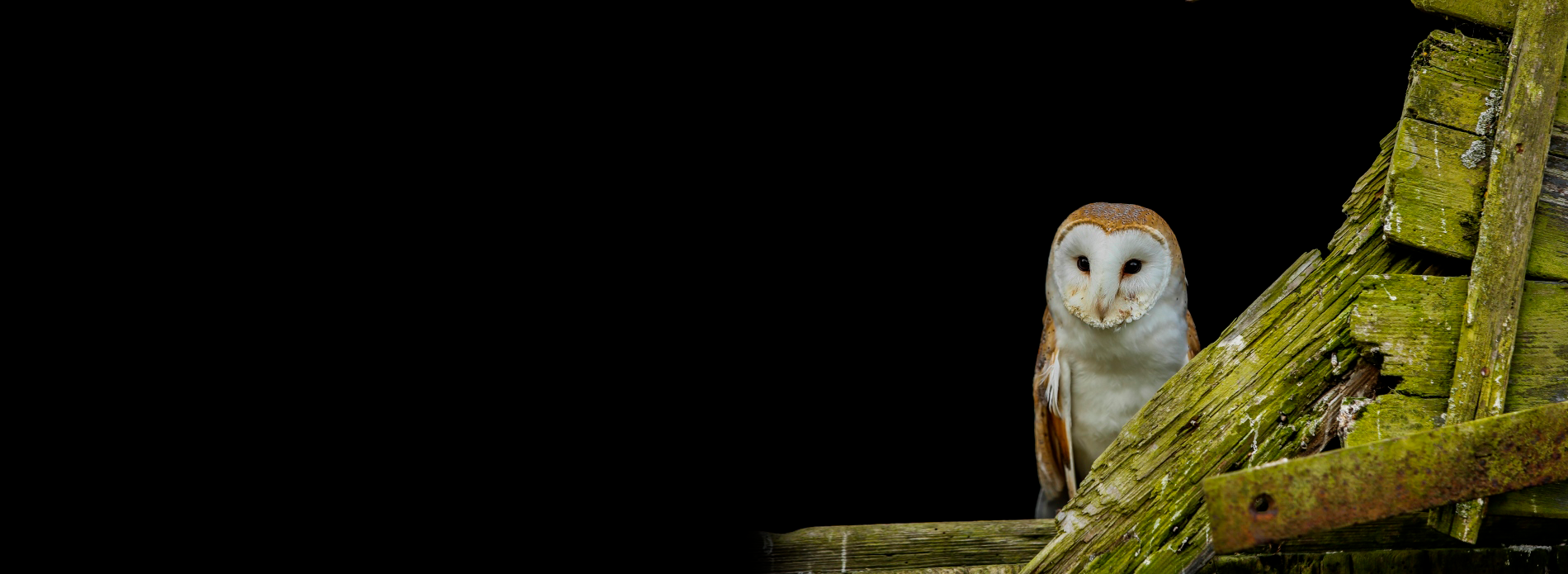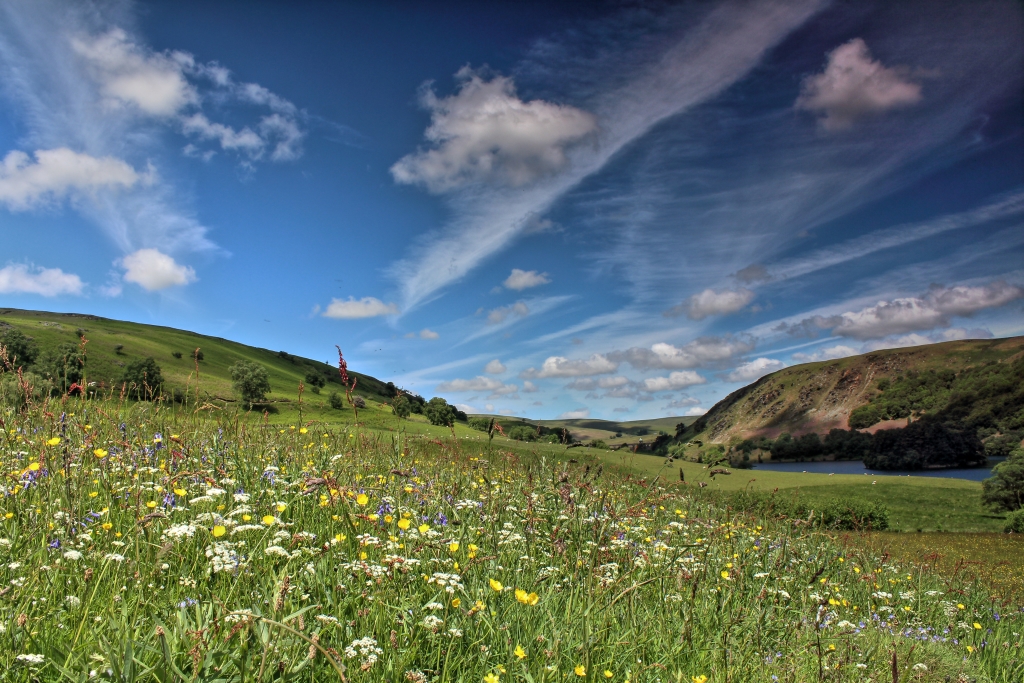
Birds of the Elan Valley
The Elan Valley has 12 Sites of Special Scientific Interest and is covered by the Elenydd Special Protection Area under the European Wild Birds Directive. It has been surveyed many times over the years for its varied flora and fauna and the records give a valuable picture of the biodiversity of the area.
There are approximately 400,000 visitors to the area each year and as many of these are bird and wildlife enthusiasts, they add many casual sightings to the list. Hence, the bird life on the Elan Estate is observed relatively well, with 180 species recorded to date.
The Estate has wetland, upland bog, meadows, streams and mixed woodland as well as reservoirs, so the environment is quite diverse. The birds in these habitats are generally birds that one would expect to find as well as some species that are also now quite restricted in their distribution. Some of these habitats are shrinking and becoming fragmented in the British Isles.
Both the Claerwen and Elan Valleys have migrant birds which pass through and occur in spring and summer on their way to their feeding and breeding grounds. Common Scoter can be seen on the reservoirs and Ring Ouzel will usually visit on migration to feed upon the rowan berries. In the late autumn, large numbers of Wood Pigeon have been recorded, Redwing and Fieldfare can visit and stay on until February.
Some birds that are considered as being well outside of their usual range that have ‘dropped in’ and been recorded are Blue Rock Thrush, Little Gull, Manx Shearwater, Leach’s Petrel and Ruff.
Due to the diversity of habitat found on the Estate, it has a wide variety of animals and plant life that is sometimes rarely recorded due to the shrinking environments that are now suitable for them. Therefore it is crucial that this special area is protected.
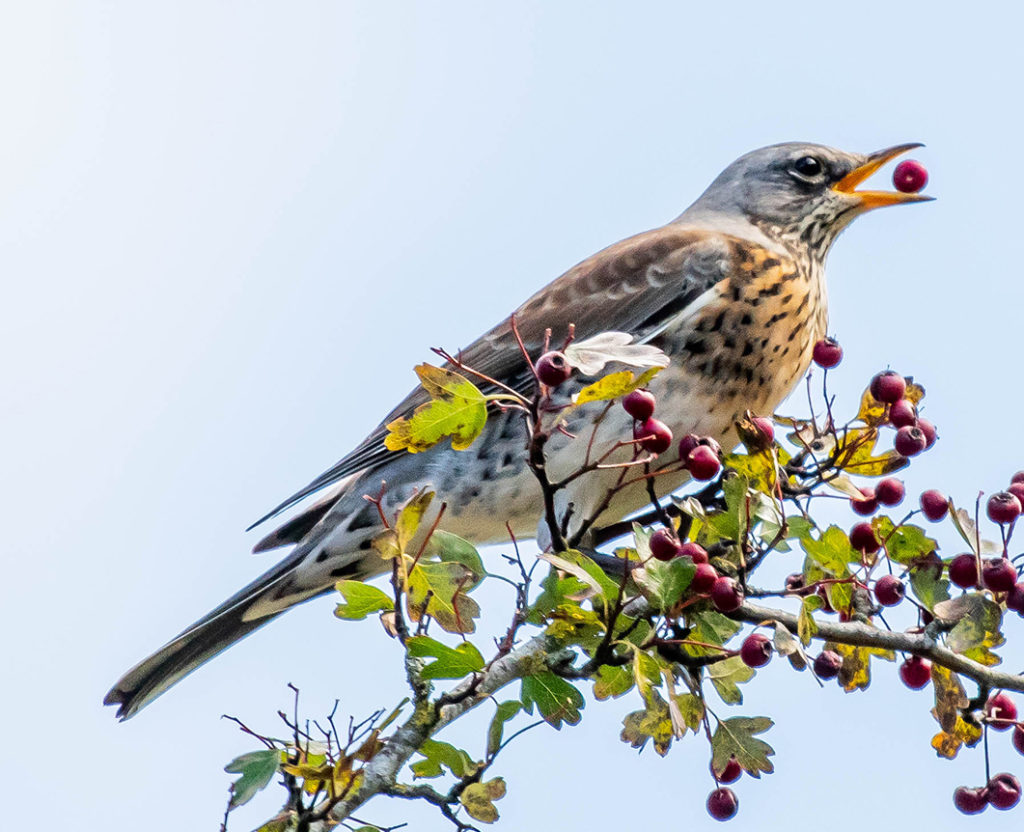
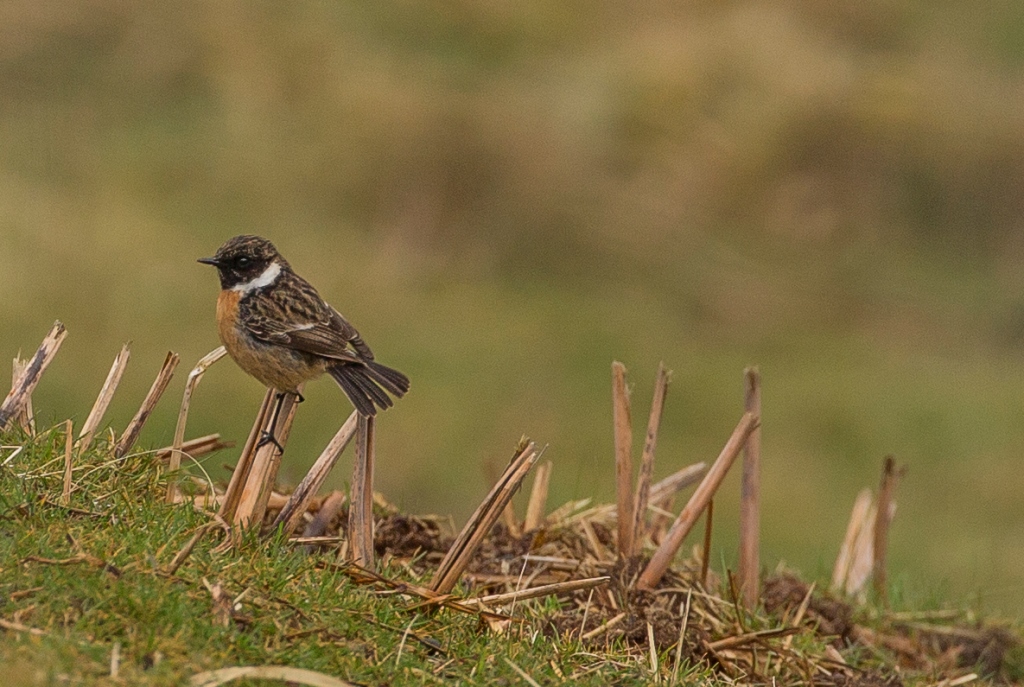
The passerine species of the upland habitat on the Estate include Meadow Pipit, Linnet, Skylark, Stonechat and Reed Bunting which are resident throughout the year. Wheatear are migrants that arrive usually in late March, and breed in the rocky crevices or old rabbit burrows. Whinchat come to breed in April and will usually stay until late August before returning to Africa to spend the winter months. They are sometimes seen perching in small trees or bushes around the Estate.
Golden Plover and Dunlin are still recorded in the wider upland areas of Purple Moor grass although the numbers have declined over recent years.
Curlew are birds of the uplands and meadows. Their bubbling, evocative call is a sign of approaching spring-time and they were once commonly heard in the Elan Valley. Curlew continue to breed here, but in small numbers.
Hen Harrier and Snipe are mainly winter visitors to the Estate preferring the wet, upland bog areas and Merlin can be seen in the summer and autumn although some birds are resident and will stay all year round.
Short-eared Owl also arrive for the winter and can be especially prevalent if it is a poor year for breeding voles on the Continent. They can sometimes be seen hunting in the open areas of bog and wetland heath.
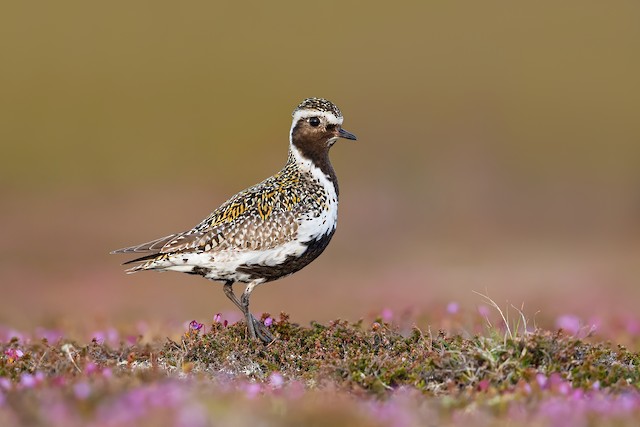
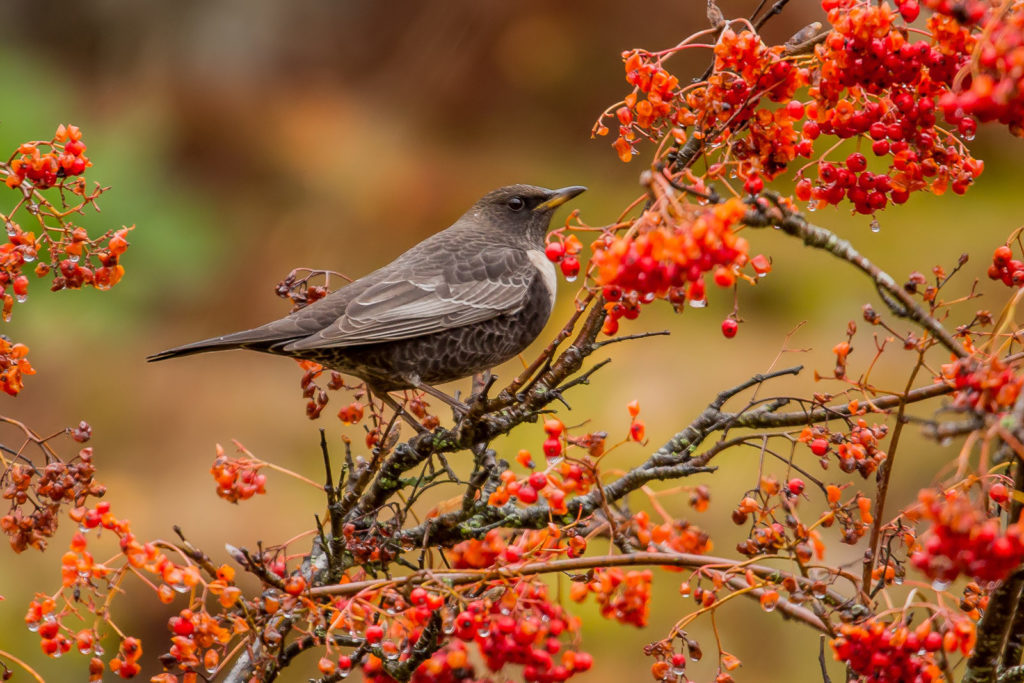
Ring Ouzel can be seen in the spring and autumn passing through to their breeding and feeding grounds. These migrant thrushes used to breed on the Estate, however recent surveys have not found them nesting here anymore. This is a sign of the general decline that is also found throughout the Country. These birds are Red Listed Birds of Conservation Concern and their numbers are declining throughout the British Isles as a breeding bird.
In the spring and summer months the upland hay meadows around the Estate may have nesting Curlew, Meadow Pipit and Cuckoo. The Cuckoo will take over the nest of Meadow Pipit, laying its eggs and leaving these small birds to raise their young and so the two species will often co-habit.
Barn Owl are found in the upland meadows and can be seen quartering these fields in the summer hunting for voles. They are known to nest on the Estate in small numbers.
Above the meadows are the hillsides that can be covered in bracken and heather in late summer. This characteristic habitat is known as ffridd in Welsh. This is the upland fringe and is a distinct area of grass covered hillside, rocky outcrops and often scattered trees on the hillside which serve as good ‘song posts’ for the Tree Pipit, Whinchat and Stonechat.
Kestrel are mainly recorded in the autumn passing through the Estate and may be seen sitting in the isolated trees of the fridd. They do not generally breed in the Elan Valley although a pair did build a nest in a tree just below one of the dams.

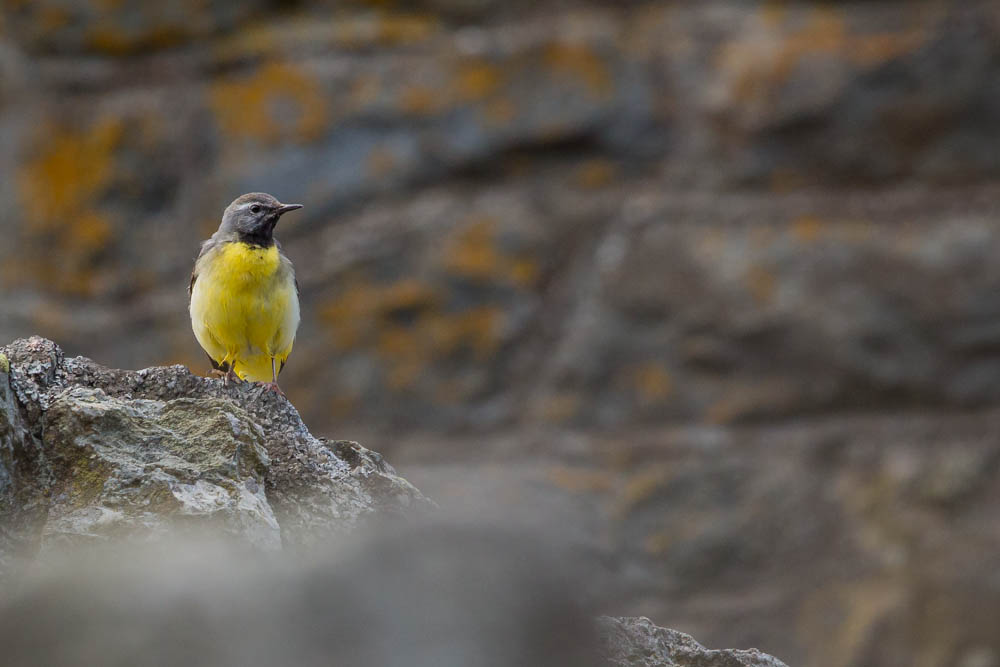
The fast-flowing streams on the Estate are home to Dipper and Grey Wagtail. They are here all year round, breeding close to the water’s edge in spring and summer. The Dipper is often seen plunging into the pools of the river to catch aquatic invertebrates, especially stonefly larvae.
Grey Wagtail is a striking yellow and grey bird of fast flowing water and it is distinctive as it wags its long tail. It is usually seen along the water’s edge.
Common Sandpiper and Goosander can be seen on and around the rivers Claerwen and Elan, as well as the reservoirs. Common Sandpiper are often heard before they are seen and are distinctive by their high-pitched, piping call. Over recent years Common Sandpiper numbers have diminished, and they are currently Amber listed as a Bird of Conservation Concern.
Great Crested and Little Grebe are found mostly on the reservoirs. They seem to prefer more shallow areas of water and are often seen leaving a small splash of water as they dive frequently.
Species of duck that are often recorded include Teal, Mallard and in more recent years the Mandarin duck. Originating from Asia, this colourful invader has bred very successfully in the area and are sometimes counted in double figures on the reservoirs
Common Scoter and Goldeneye are winter visitors to the reservoirs, especially to Dol y Mynach in the Claerwen Valley.
Black headed gull is recorded on the reservoirs usually in the late summer months and Great Black-backed gull, often in small numbers, especially in the winter months.

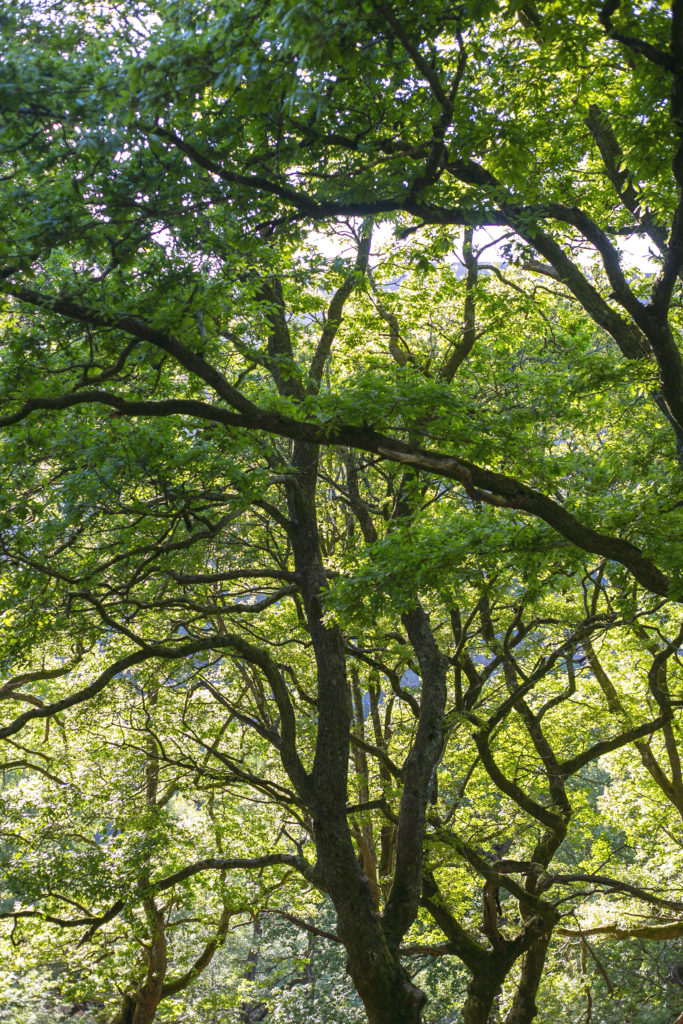
The mixed diversity of the woodlands on the Estate have a relatively high density of Oak trees, particularly Sessile Oak. The woodland habitat of mosses, liverworts and lichen are rich in insect life and the Green Tortrix caterpillar are often food for the juvenile birds.
The species of woodland birds that come to the Elan Valley to breed include migrants from Africa such as the Pied Flycatcher, Redstart and Wood Warbler.
These woodland migrants have declined over recent years and many of them are Red or Amber listed as Birds of Conservation Concern. They currently return to the western woodlands each year to breed and this makes the woodlands on the Estate especially important.
The Redstart is a striking bird of the woodland habitat. It is also a migrant species, coming from Africa to breed in our native trees and especially prefers holes or gaps in walls but will also use nest boxes.
Siskin and Crossbill are found mostly in the coniferous woodland and the Goshawk, Sparrowhawk and Buzzard are resident.
These coniferous woodland areas are being depleted as part of the management of the Estate and will be allowed to regenerate to their natural state of deciduous woodland. Mostly sessile oak which is rich in diversity would be native to this area and this has a diverse understory of mosses and liverwort and lichens. These are home to many insects which of course the birds rely upon for their food.
The Pied Flycatcher will nest in the natural holes in the trees but will also use the provided nest boxes quite readily. In a similar way to the Spotted Flycatcher, they will often fly from a branch to catch an insect and return to the same branch. They have a tendency to fly to the ground more frequently, however.
Garden Warbler, Blackcap, Willow and Wood Warbler are also summer visitors to the woodlands, arriving in spring to breed. They nest on the ground, often in scrub and bramble for protection and can be heard singing from the branches throughout spring and summer.
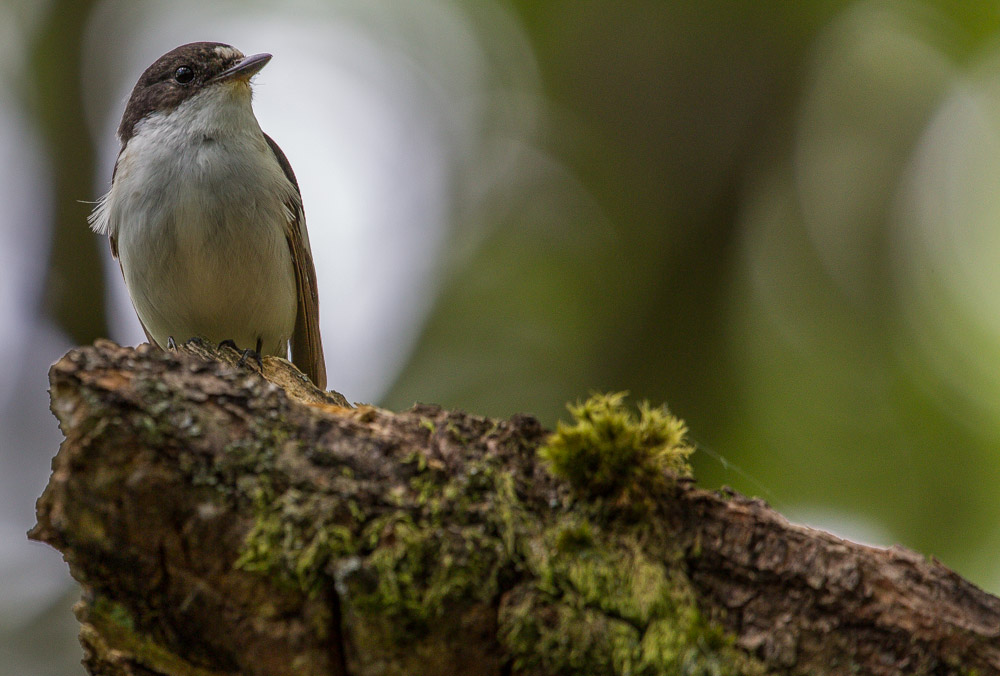

All of the warblers have distinctive and beautiful songs that can be heard in spring as they advertise for a mate and then to hold their own breeding territory.
The Garden Warbler and Blackcap sound melodic and flute like in quality. Their songs are however, very similar and can be difficult to separate in the field by song alone.
Other resident British species are readily found in the woodlands throughout the year and all three of the woodpeckers have been recorded on the Estate.
Tawny Owl breed in the hollows of the trees and can be heard in autumn and winter calling to establish their territories. They hunt in the woodland for mice and voles and will also take invertebrates from the woodland floor. Their eyesight is designed for low levels of light and they will most likely be seen and heard as the evening draws in.
The handsome Red Kite are found easily all over the Estate and although not generally a bird of woodland, they need large trees to nest in. This handsome bird became almost extinct in Britain and there was only one pair left in mid Wales approximately thirty years ago. A huge conservation effort was made to secure the future of the Red Kite and now they are commonly seen throughout the Elan Valley as well as many areas of the British Isles.

